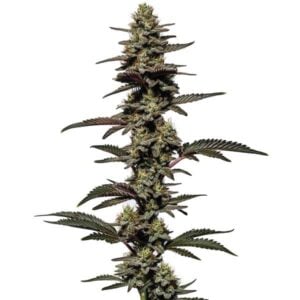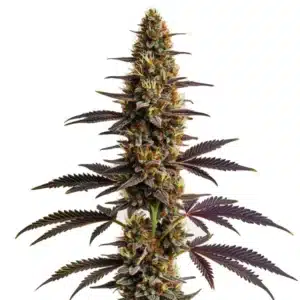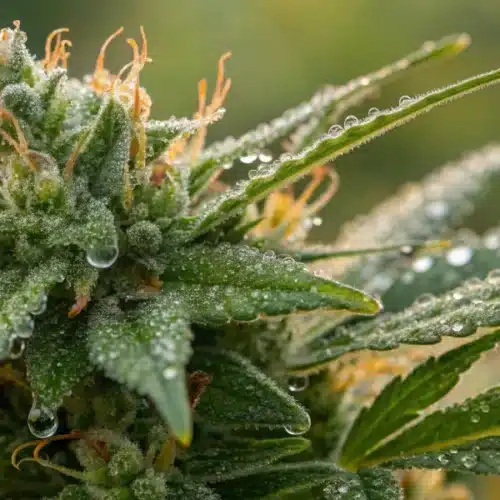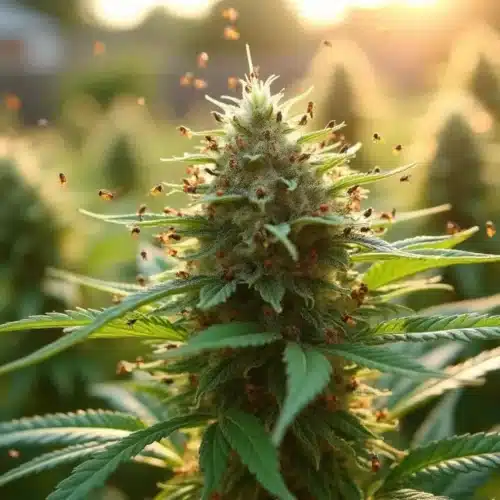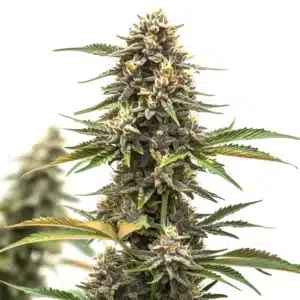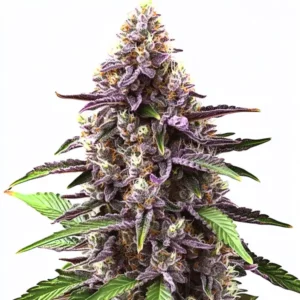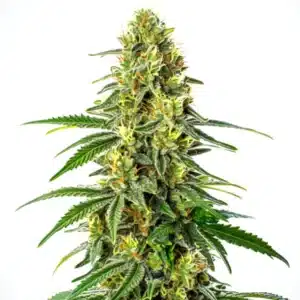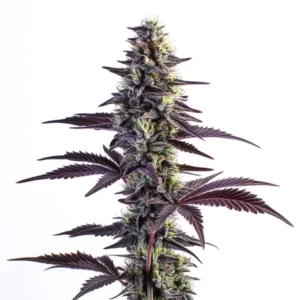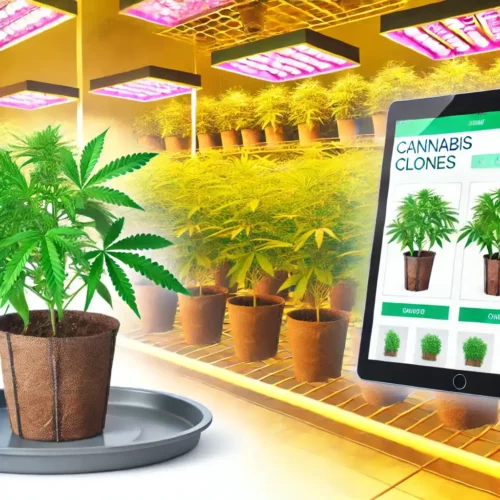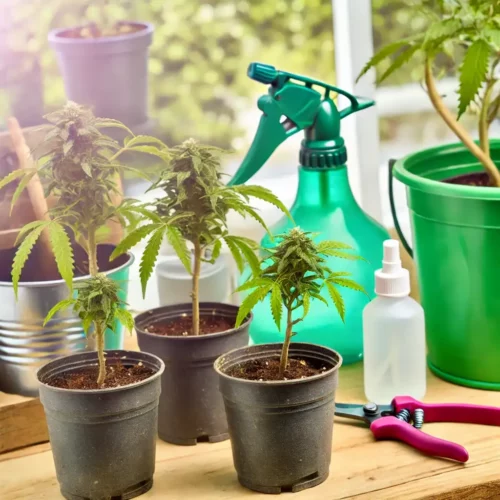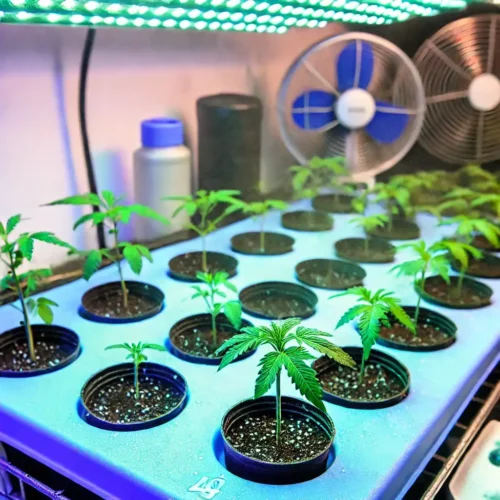Evaluating Environmental Conditions for Clones
Temperature and Humidity Levels for best time to put clones outside
Stable temperature and balanced humidity are key to a smooth outdoor transition. When evaluating conditions, check that daytime temperatures stay within a mild range and that the air is not too dry or too moist. Reliable readings over several days help ensure that your clones will not face sudden shocks when exposed to the natural elements. This monitoring is essential in deciding the best time to put clones outside and guarantees a safer move.
Regular monitoring of temperature and humidity gives you the confidence to choose the optimal window. Simple tools like thermometers and hygrometers can offer clear data. Maintaining a record of these measurements helps you notice trends that signal when the weather has settled. This detailed evaluation is critical as you aim for the best time to put clones outside. Consistent conditions allow clones to gradually adapt to the outdoor climate with minimal stress.
Seasonal Weather Patterns
Seasonal weather patterns shape the environment where clones are placed. Familiarity with the current season and expected changes is vital. Clones thrive when the weather remains stable and predictable, with gradual shifts rather than abrupt changes. Local seasonal trends such as gradual warming in spring or consistent temperatures in early summer help indicate the ideal moment. Recognizing these patterns aids in choosing the best time to put clones outside, ensuring they receive steady support from nature.
Observing seasonal changes over time can reveal the safest period for outdoor cloning. Pay attention to recurring weather cycles and local climate shifts that have historically led to successful transplants. This awareness allows you to plan your move carefully, preventing premature exposure to harsh conditions. When the weather aligns with the natural cycle, you know you have reached the best time to put clones outside, and your plants are more likely to flourish.
Promos & Deals
Gradual Transition from Indoor to Outdoor
Acclimation Techniques for Clones
Before fully relocating your clones, a gradual acclimation process is essential. Begin by placing the clones in a sheltered area that mimics outdoor conditions. This period of hardening off lets the clones adjust slowly, reducing shock and stress. You might start by letting them sit outside for a few hours each day and then slowly increase their time. This method ensures that the clones adapt smoothly, setting the stage for the best time to put clones outside.
During acclimation, observe how your clones respond to outdoor light and gentle breezes. A controlled, gradual exposure helps build their resistance to wind and fluctuating temperatures. Such techniques reduce the risk of transplant shock and prepare them for the open garden. When clones show signs of healthy adjustment, you can confidently determine that it is the best time to put clones outside. This measured approach fosters a robust transition with minimal setbacks.
Monitoring Light and Wind Exposure
Light and wind are two environmental factors that must be monitored carefully. Sudden exposure to intense sunlight or strong winds can stress your clones. Start by placing them in a partially shaded area to ease them into natural light. Then, gradually expose them to more direct sunlight as they build strength. Keep a close eye on wind conditions; if breezy days persist, consider using temporary windbreaks. This step-by-step process helps you decide when it is the best time to put clones outside with minimal risk.
Regular observation of light intensity and wind conditions helps avoid damaging the delicate clones. Look for signs such as leaf curling or discoloration that might indicate stress. These indicators serve as signals that further acclimation is needed before full outdoor exposure. By tracking these factors, you are better positioned to identify the best time to put clones outside. Effective monitoring ensures that your clones develop strong, resilient growth patterns for the long run.
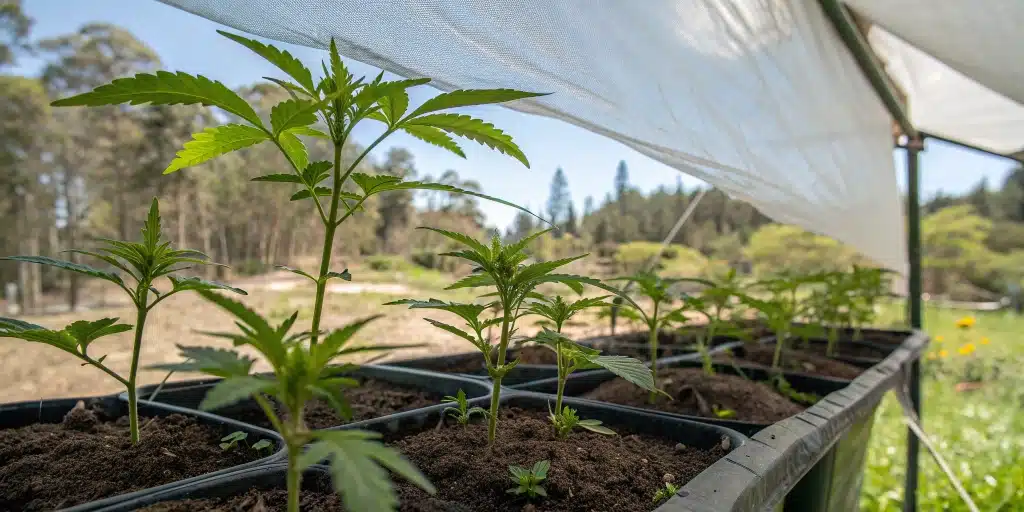
Timing and Seasonal Considerations: best time to put clones outside
Identifying the Ideal Planting Window
Pinpointing the ideal planting window is a critical step. When selecting this window, consider historical weather data and local climate forecasts. Look for extended periods where temperatures are moderate and the risk of frost is minimal. This window represents the best time to put clones outside, allowing them to settle in and grow without abrupt weather changes. The combination of data and careful observation leads to a well-timed move, giving your clones the best chance to thrive.
Cross-referencing local planting calendars and weather patterns can further refine your decision. Experienced growers often rely on a blend of historical trends and real-time weather updates. Once these factors align, you know that the best time to put clones outside has arrived. By synchronizing your planting window with favorable environmental conditions, you help ensure that your clones have a healthy start in their new outdoor home.
Preparing for Sudden Weather Changes
Even when conditions look stable, sudden weather changes can occur. Always have a contingency plan for unexpected rain, wind, or temperature drops. Use temporary covers or relocate clones back indoors if necessary. This proactive approach safeguards your plants and keeps the transition on track. Preparation is key in maintaining a smooth process when determining the best time to put clones outside, ensuring that any surprises in nature do not derail your progress.
Maintaining flexibility in your plans can make all the difference. Remain vigilant by monitoring local weather alerts and be ready to act quickly if conditions worsen. Implementing protective measures during uncertain times helps preserve the health of your clones. When you plan for sudden changes, you are better equipped to confirm that it is indeed the best time to put clones outside. This readiness builds resilience in your garden and prepares your clones for any challenge.
Optimizing Outdoor Microclimates
Choosing the Right Location
The success of your outdoor clones heavily depends on the microclimate of the chosen location. Look for areas that provide natural shelter from strong winds and excessive direct sunlight. Areas with partial shade and good airflow are ideal for promoting steady growth. A well-chosen spot can make a significant difference, confirming that you have selected the best time to put clones outside. The right location gives your plants a protective advantage as they begin to acclimate.
Consider the specific layout of your garden when selecting a spot. Avoid areas where water pools after rain or where the wind is consistently harsh. Instead, choose a location that naturally moderates these factors, creating an optimal microclimate for your clones. This attention to detail helps ensure that the transition is smooth and that your clones receive the right amount of support from their surroundings. By choosing wisely, you enhance the overall success of your garden as you determine the best time to put clones outside.
Using Protective Measures and Shade for best time to put clones outside
Protective measures such as shade cloths and windbreaks are vital in the early stages of outdoor growth. These tools create a buffer between the clones and any harsh environmental factors. Using such measures helps maintain a consistent microclimate and reduces the risk of shock. By employing these strategies, you ensure that your clones are safely introduced during the best time to put clones outside. These protective steps can significantly boost the overall survival rate of your plants during their transition.
Applying temporary protective covers gives you control over the exposure your clones receive. Monitor how the plants respond to these measures and gradually remove them as the clones grow stronger. This adaptive approach keeps your clones safe and allows you to fine-tune their outdoor experience. With the right shade and wind protection in place, you create an environment that confirms the best time to put clones outside is now. This careful management supports robust growth and a healthy start for your garden.
Expert Tips and Common Pitfalls
Proven Strategies from Experienced Growers
Seasoned growers offer practical strategies that have been refined over many successful outdoor transitions. They emphasize the importance of patience and incremental acclimation when deciding the best time to put clones outside. Their strategies include gradual exposure to natural elements, regular monitoring of plant responses, and making small adjustments based on weather conditions. Implementing these proven methods increases the likelihood of a smooth transition for your clones and leads to robust outdoor growth.
Listening to the advice of skilled growers provides valuable insights that you can incorporate into your own process. Their methods have been tested repeatedly and are known to help clones adapt successfully. This collective wisdom can guide you as you navigate the challenges of moving clones outdoors. By using these strategies, you ensure that every step moves you closer to the best time to put clones outside, leading to a healthier, more productive garden over time.
Mistakes to Avoid When Moving Clones Outdoors: best time to put clones outside Insights
Avoiding common pitfalls is just as important as following successful strategies. Many mistakes stem from moving clones outdoors too early or neglecting protective measures. Ensure you do not expose your plants to harsh weather before they are ready. Overexposure to direct sunlight or strong winds can damage delicate tissue and stunt growth. Learning from others’ missteps helps you identify the best time to put clones outside and prevents setbacks that can delay your garden’s progress.
Reviewing and reflecting on common errors can save you time and resources. Always double-check that environmental conditions are stable before making a move. By prioritizing careful observation and timely adjustments, you reduce the risk of transplant shock. These insights serve as valuable lessons, reinforcing that the best time to put clones outside is when all factors align for a safe and steady transition. With thoughtful planning, your clones can thrive in their new outdoor setting.
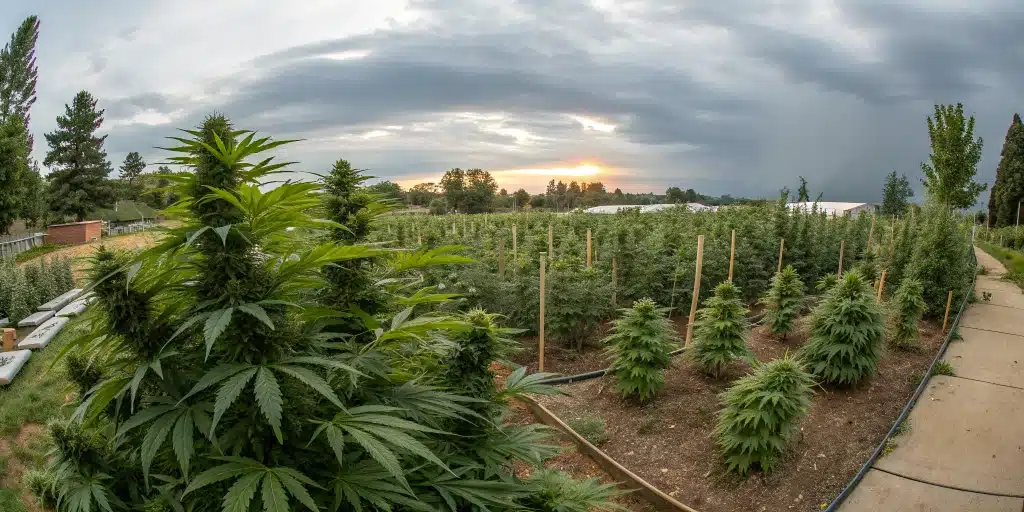
FAQs about best time to put clones outside
What environmental signals indicate it is the best time to put clones outside?
Various factors, including stable temperatures, moderate humidity, and predictable seasonal patterns, signal the best time to put clones outside. When the weather remains steady and the risk of extreme conditions is low, it suggests that clones are ready for outdoor life. Monitoring these cues carefully ensures a smooth transition and robust growth for your plants.
How can growers determine the right timing for moving clones outdoors?
Growers determine the right timing by closely monitoring environmental cues, such as steady temperatures and gradual increases in daylight. They also check soil moisture and local weather forecasts before transitioning. A gradual acclimation period is essential to help clones adjust to outdoor conditions. Careful observation and routine checks ensure that clones thrive once exposed to natural elements at the best time to put clones outside.
What protective measures should be taken when moving clones outdoors?
Protective measures include using shade cloths, windbreaks, and temporary covers to shield clones from harsh weather conditions. Monitoring soil moisture and applying organic fertilizers can strengthen plants before exposure. Gradual acclimation indoors, followed by careful outdoor placement during mild conditions, reduces stress. Each measure plays a part in ensuring that clones adjust smoothly and grow strong when reaching the best time to put clones outside.


